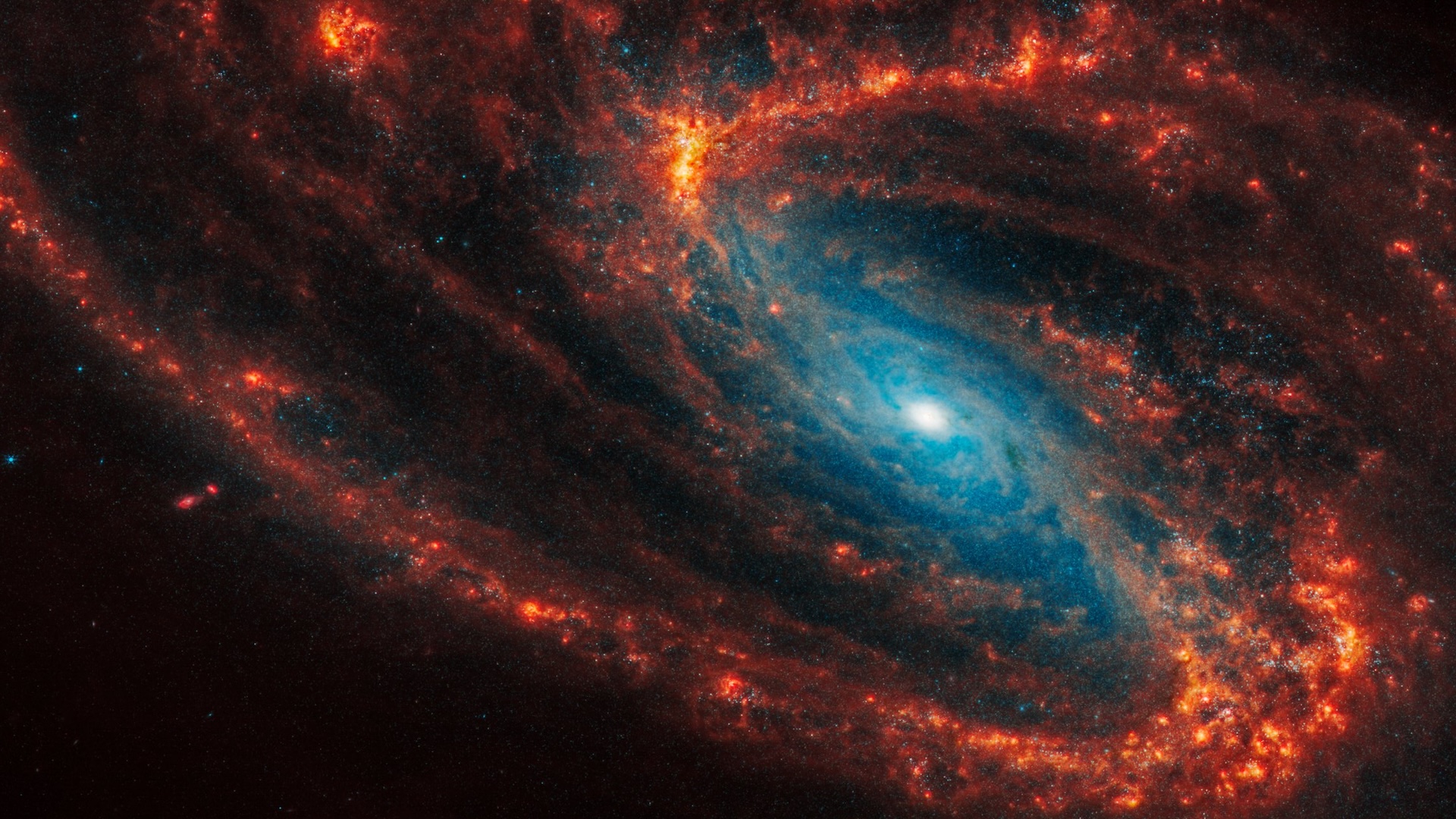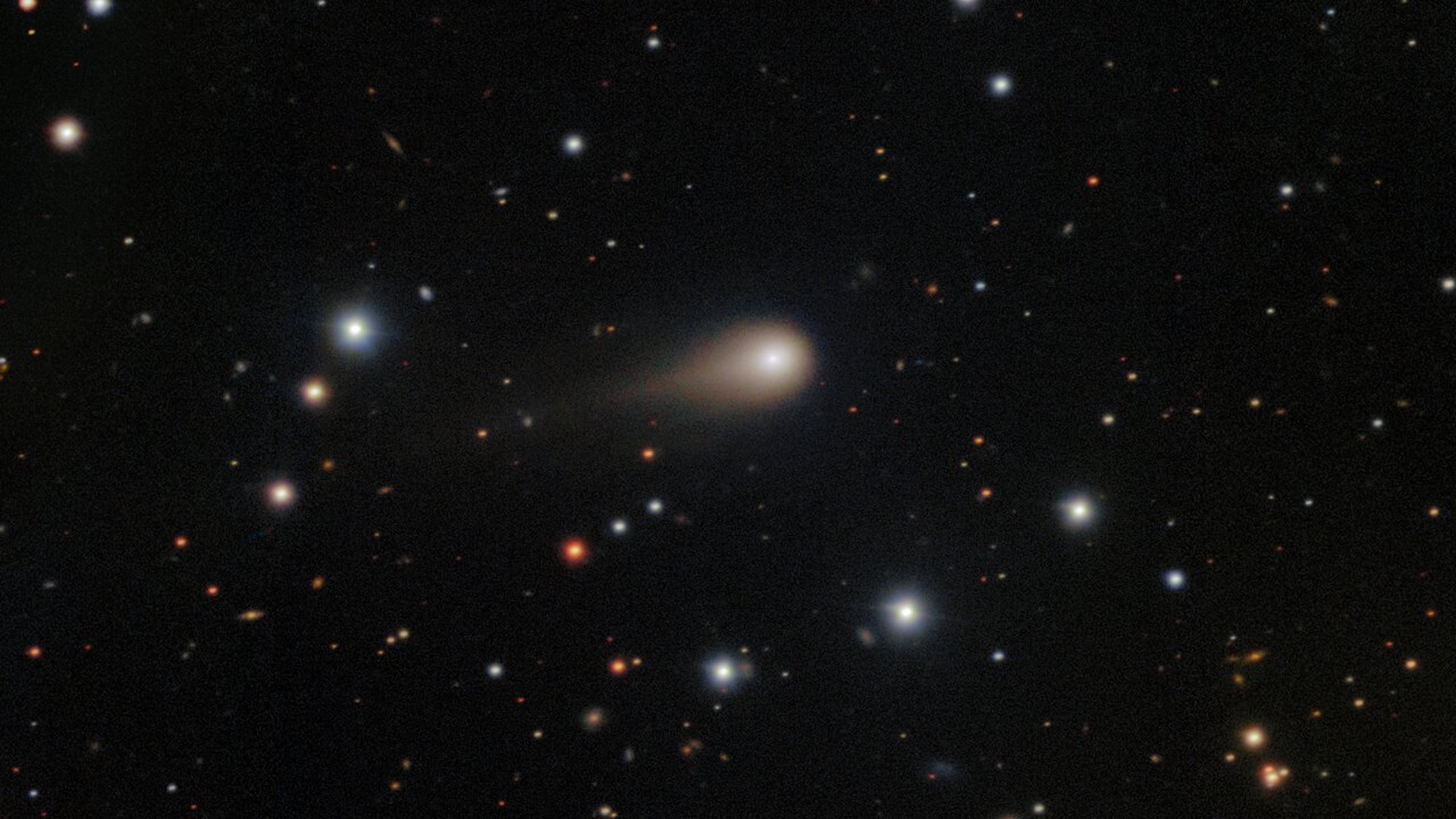Space news, features and articles
Space is a seemingly infinite world of wonder and discovery, filled with mysterious black holes, stunning solar flares, elusive exoplanets and countless cosmic oddities. Our team of expert science writers and editors are ready to hold a lens like that of the James Webb Space Telescope beyond Earth, keeping those on this planet up to date with the latest space news, articles and features.
Discover more about space
—Space photo of the week: Extraordinary images of our sublime universe
—Solar system quiz: How well do you know our cosmic neighborhood?
—Check out some jaw-dropping James Webb Space Telescope images
Latest about Space
-
-
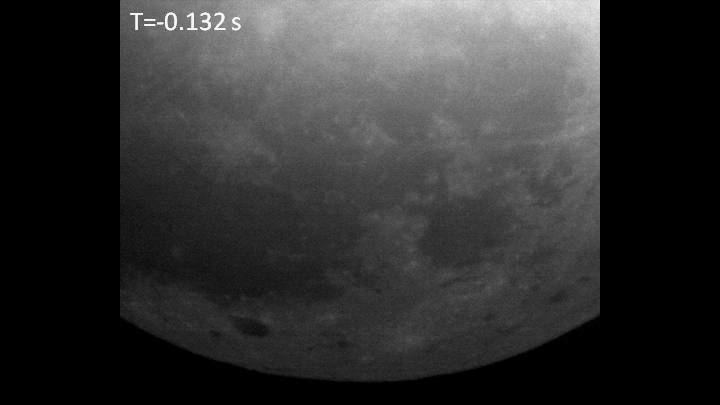
What are the mysterious lights sometimes seen on the moon?
By Deepa Jain Published
-
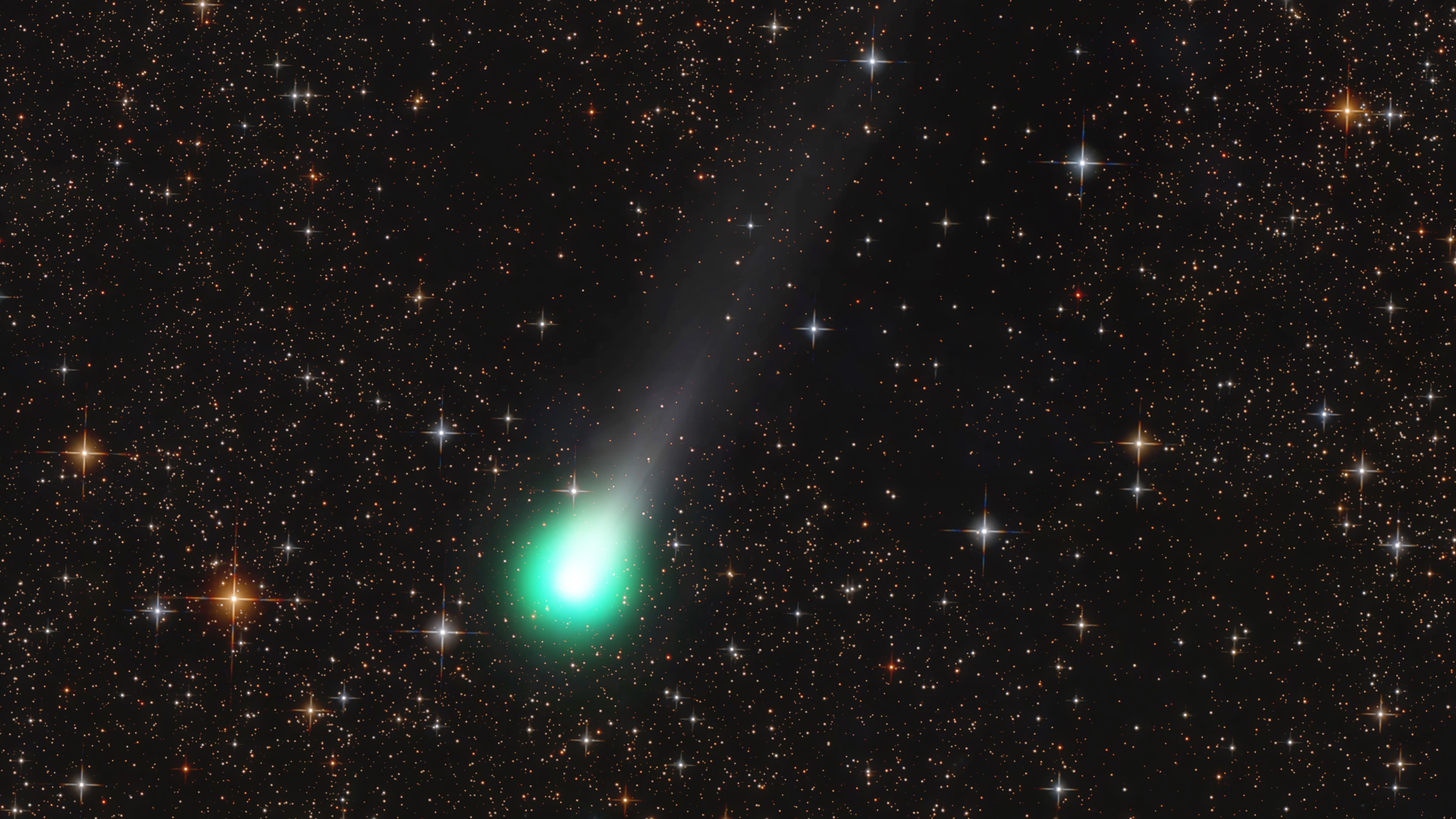
Comets Lemmon and SWAN reach their brightest this week
By Jamie Carter Published
-
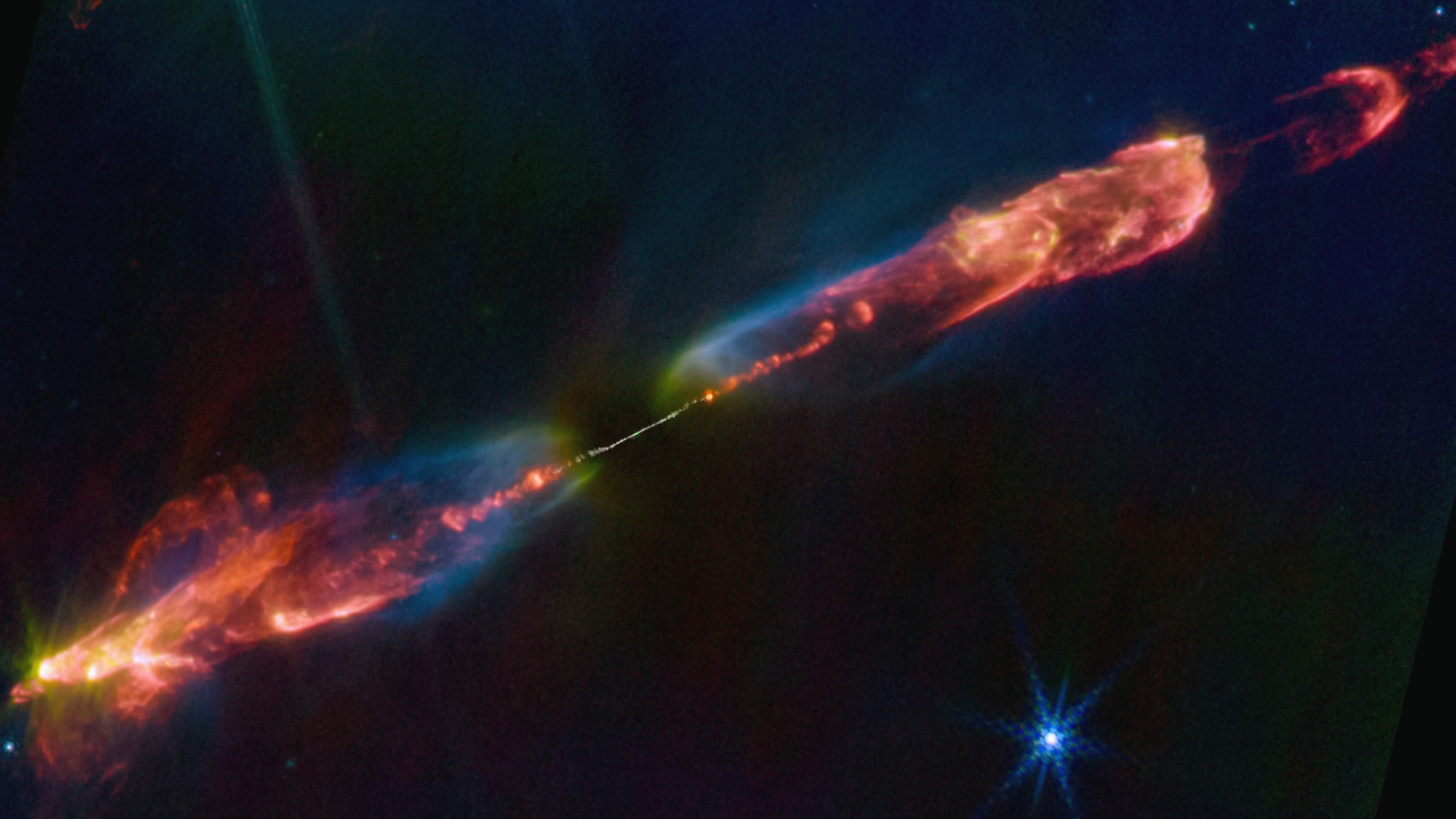
ALMA and JWST solve major star formation mystery: Space photo of the week
By Shreejaya Karantha Published
-
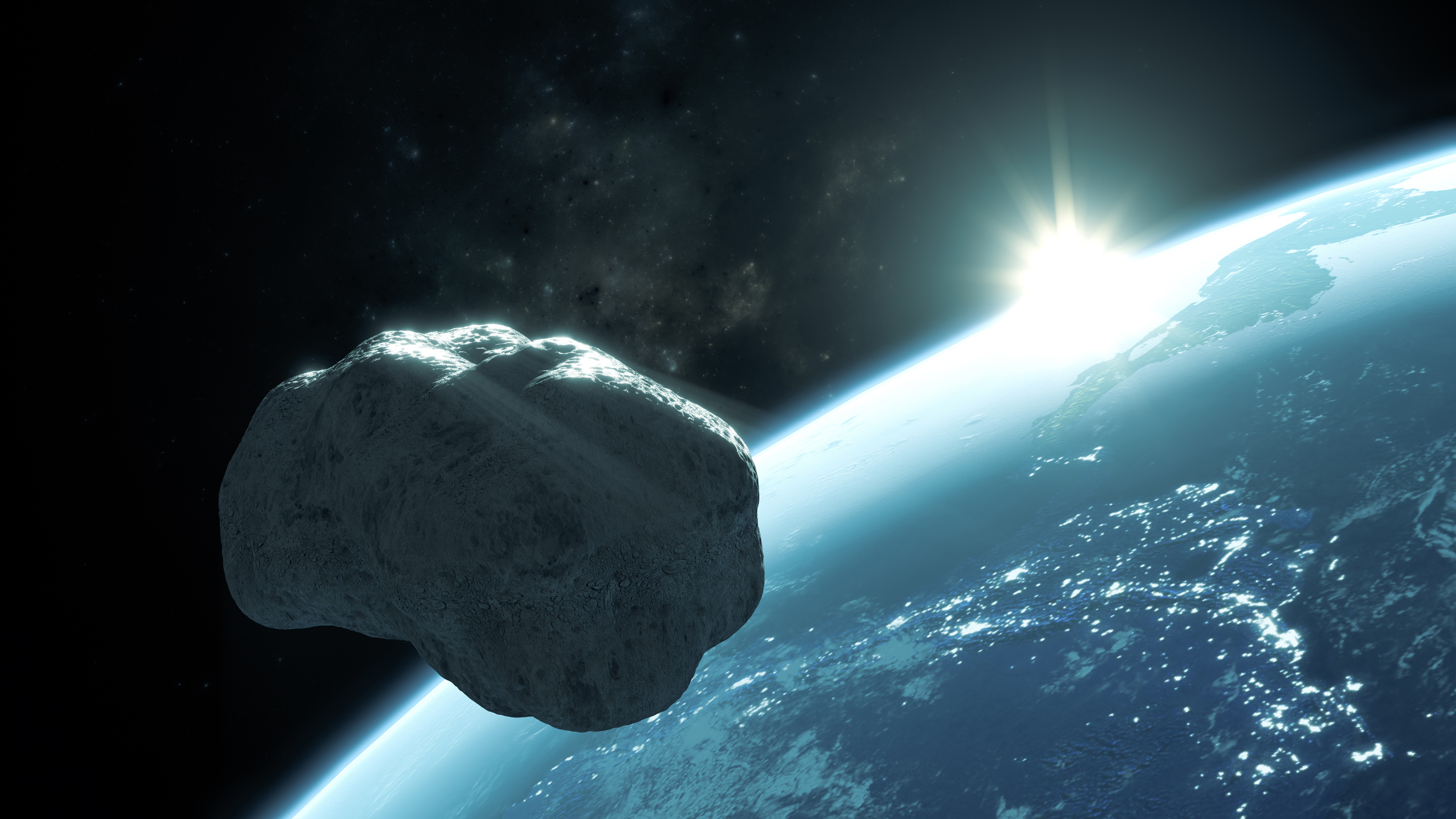
$20 million NASA mission to visit 'God of Chaos' asteroid saved from budget cuts in last-minute decision
By Elizabeth Howell Published
-
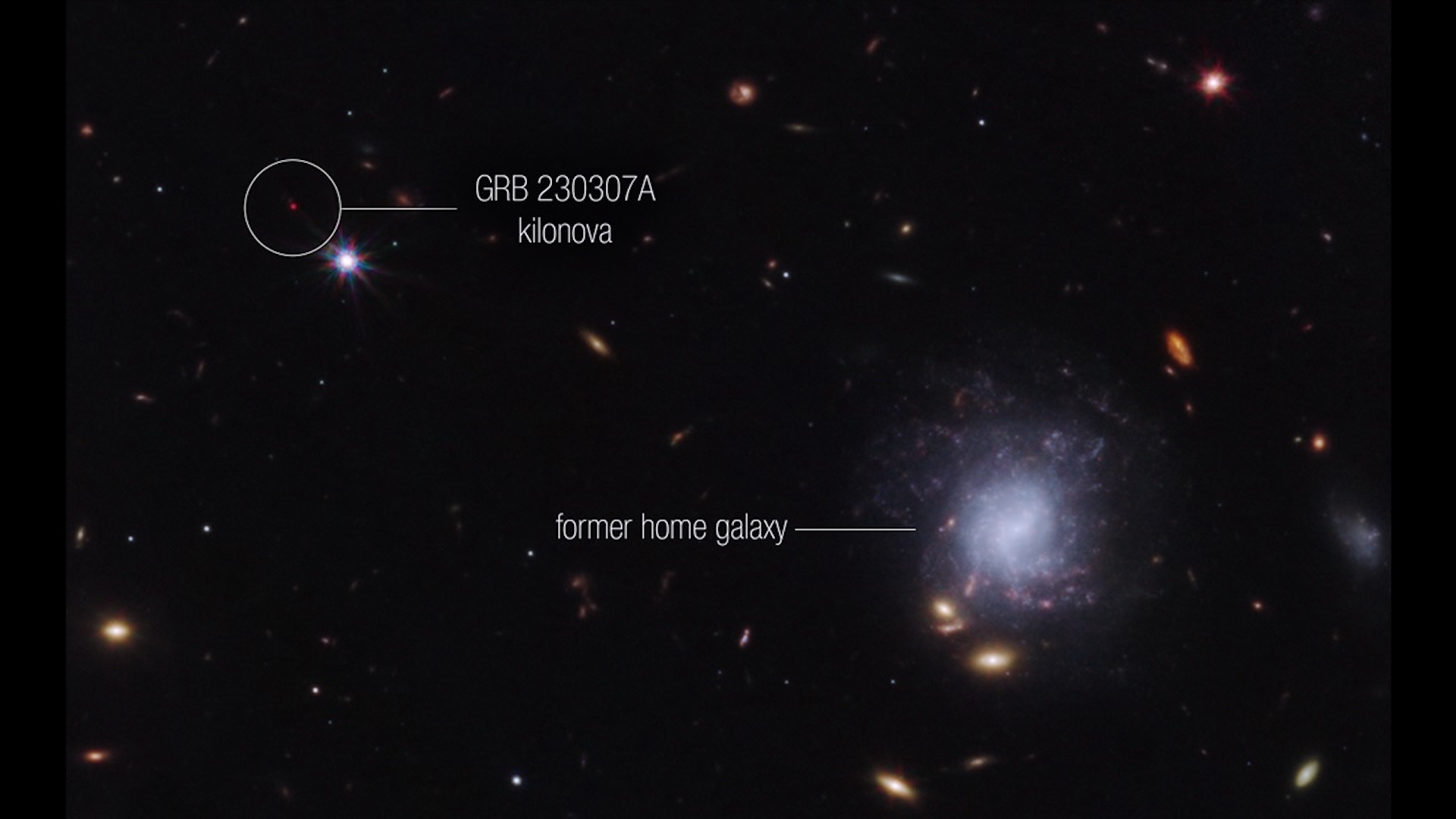
Astronomers detect first 'heartbeat' of a newborn star hidden within a powerful cosmic explosion
By Mark Thompson Published
-
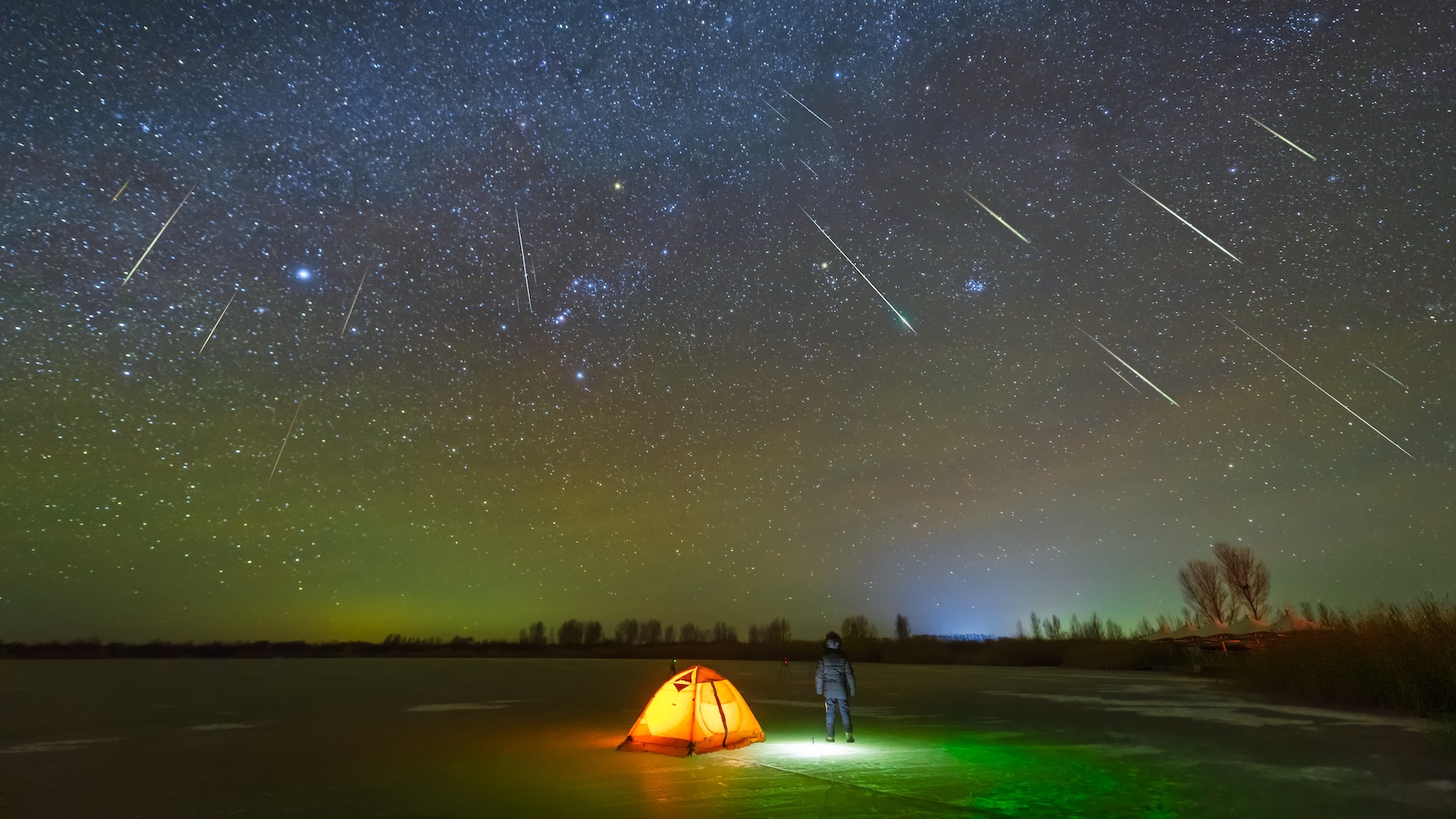
Orionids 2025: Meteor shower caused by Halley's Comet peaks as two new comets cross the sky
By Jamie Carter Published
-
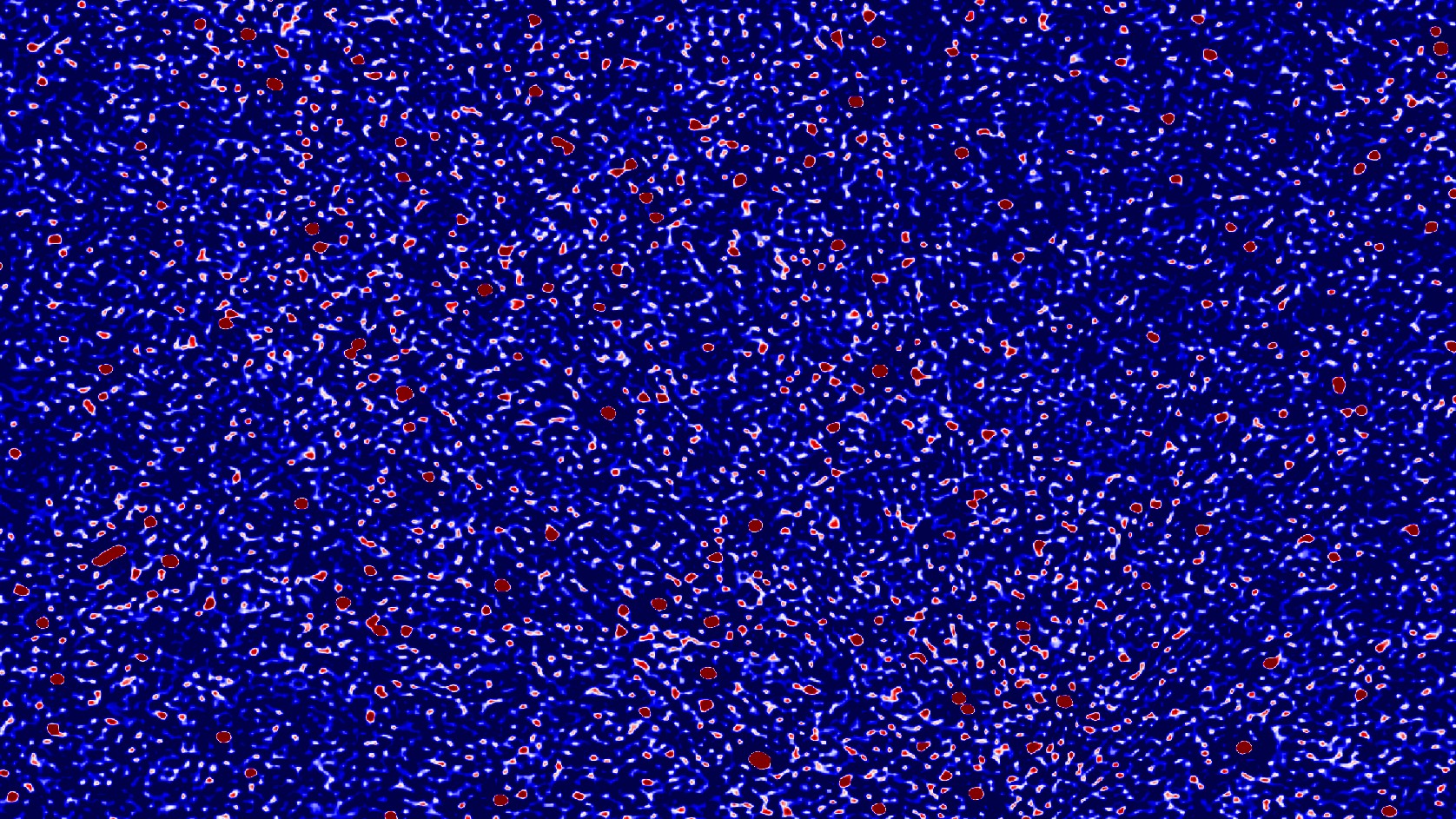
Astronomers close in on signal from Epoch of Reionization
By Sharmila Kuthunur Published
-
Explore Space
Astronomy
-
-

What are the mysterious lights sometimes seen on the moon?
By Deepa Jain Published
-

Comets Lemmon and SWAN reach their brightest this week
By Jamie Carter Published
-

ALMA and JWST solve major star formation mystery: Space photo of the week
By Shreejaya Karantha Published
-

Astronomers detect first 'heartbeat' of a newborn star hidden within a powerful cosmic explosion
By Mark Thompson Published
-

Orionids 2025: Meteor shower caused by Halley's Comet peaks as two new comets cross the sky
By Jamie Carter Published
-

Astronomers close in on signal from Epoch of Reionization
By Sharmila Kuthunur Published
-
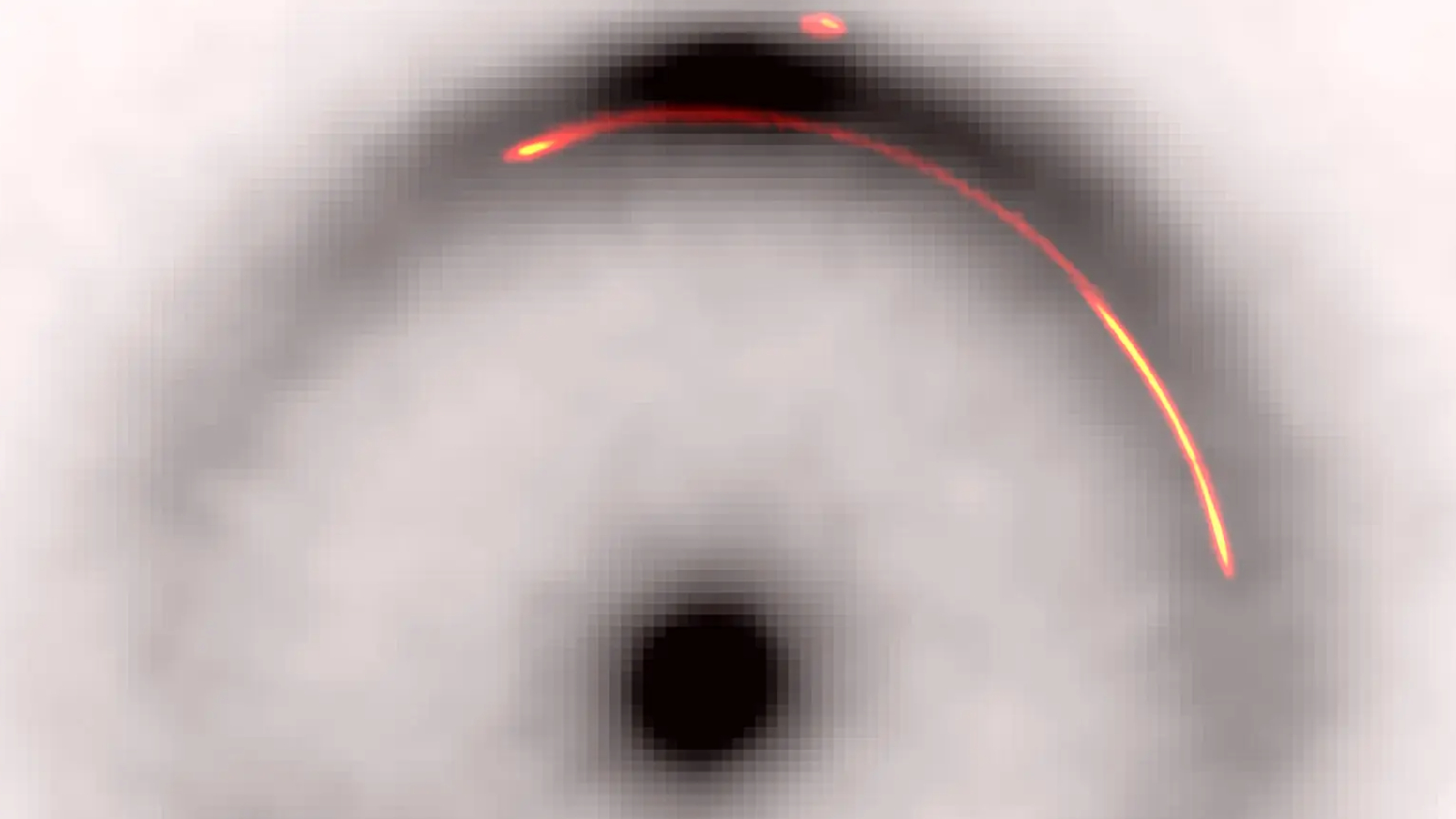
Record-breaking 'dark object' found hiding within a warped 'Einstein ring' 10 billion light-years away
By Harry Baker Published
-
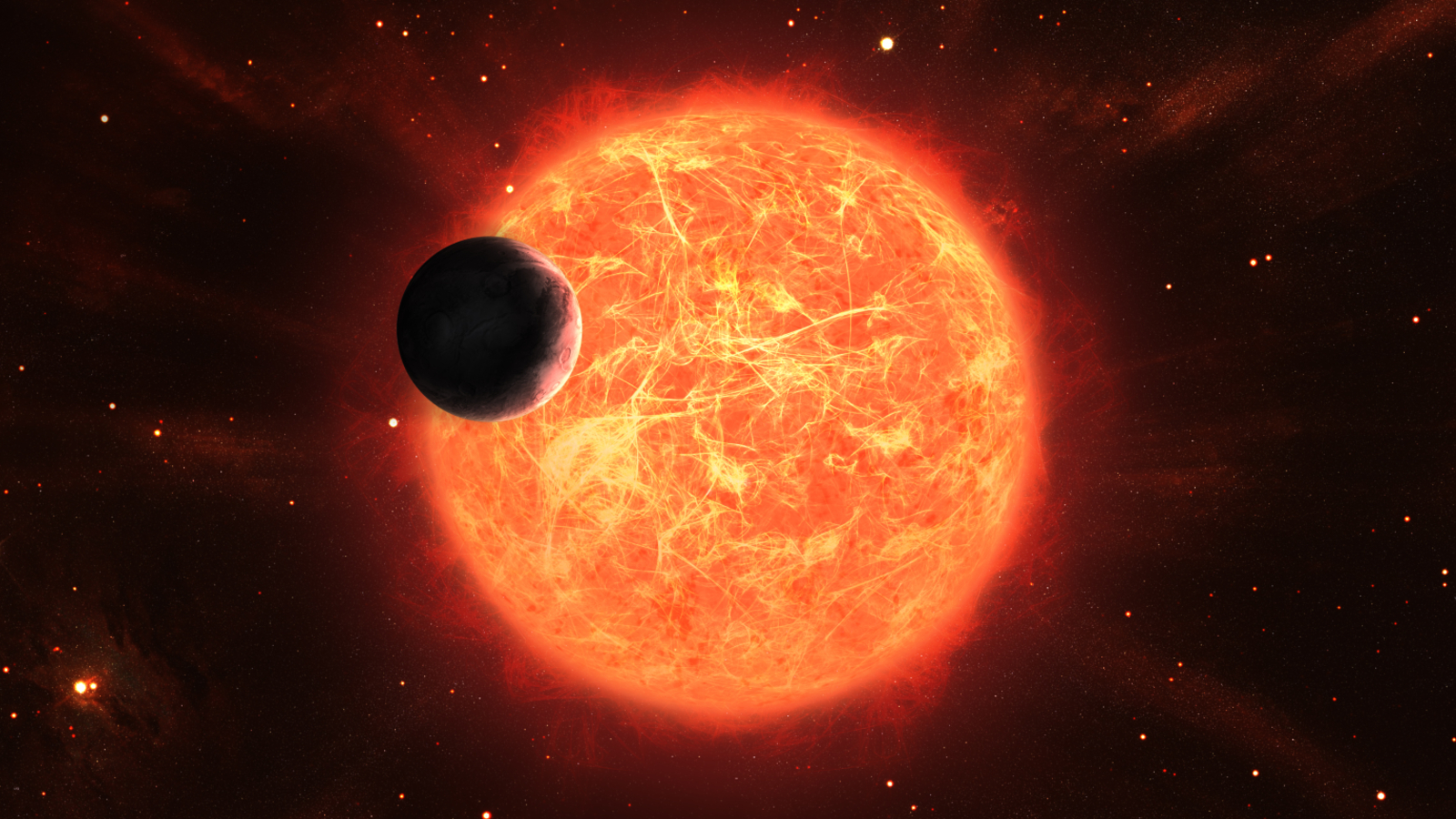
'Most pristine' star ever seen discovered at the Milky Way's edge — and could be a direct descendant of the universe's first stars
By Harry Baker Published
-
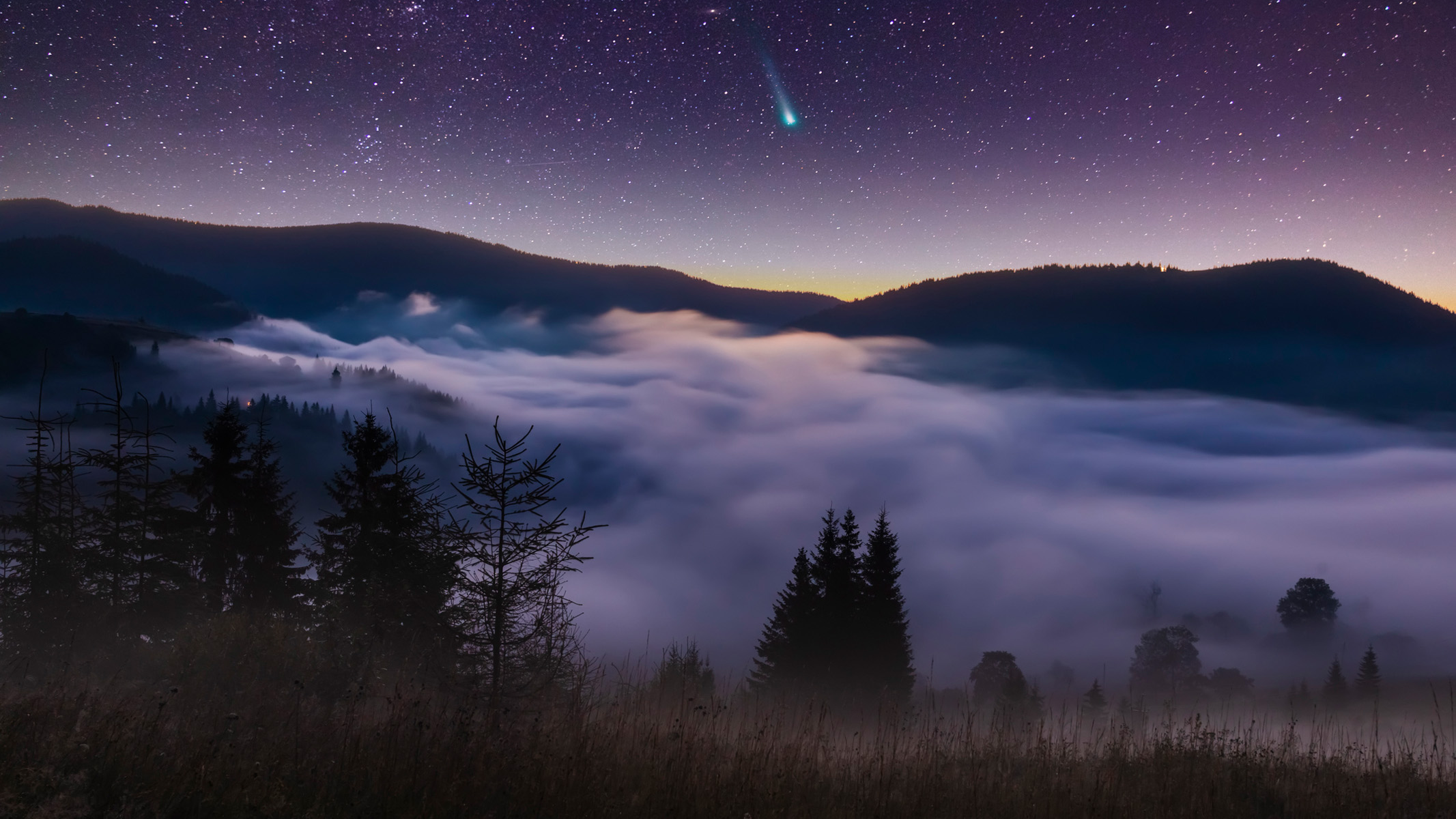
Chasing comets: How to photograph comets Lemmon and 3I/ATLAS
By Kimberley Lane Published
-
Extraterrestrial Life
-
-
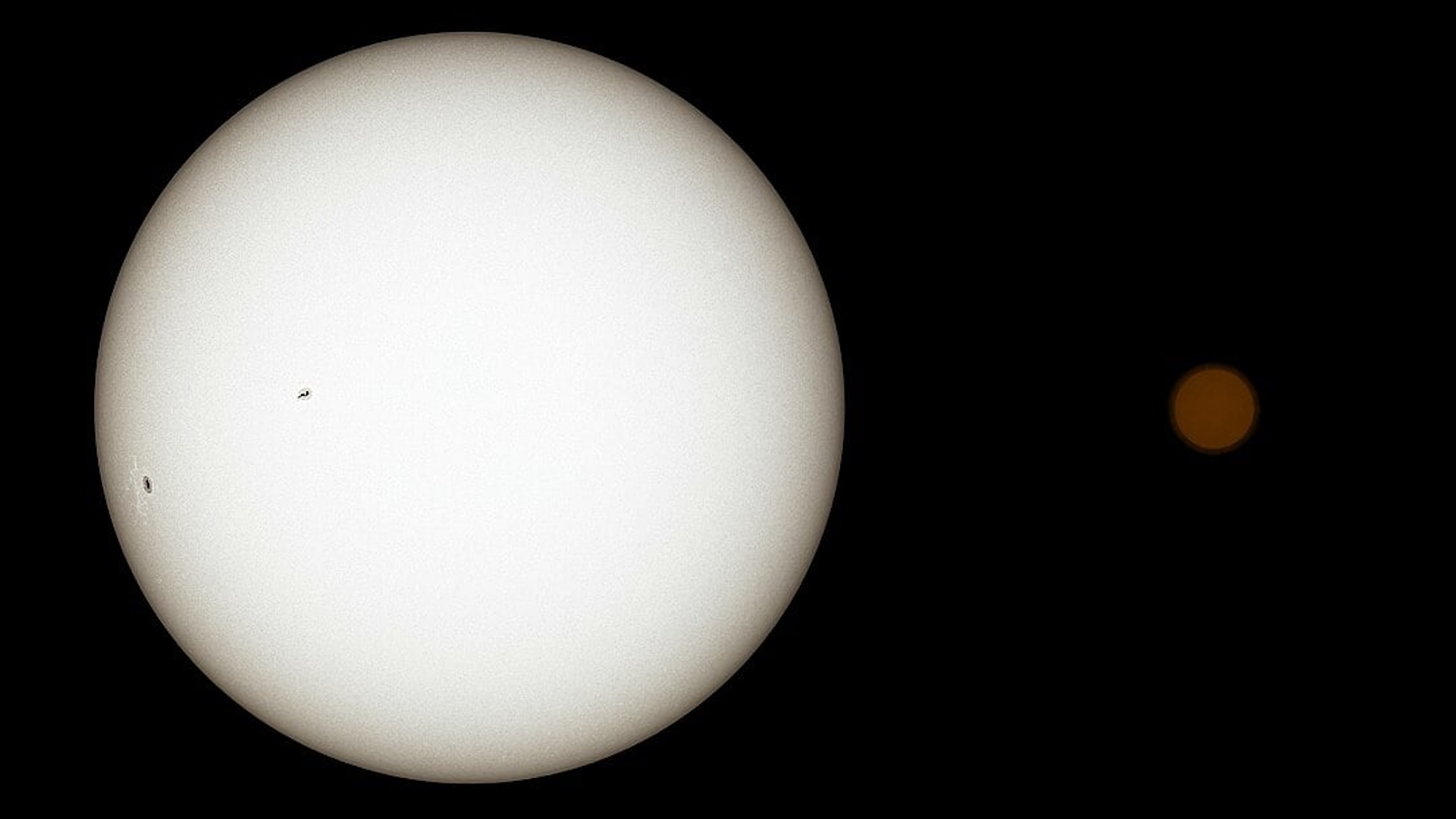
Chinese scientists hunt for alien radio signals in 'potentially habitable' TRAPPIST-1 system
By Mark Thompson Published
-
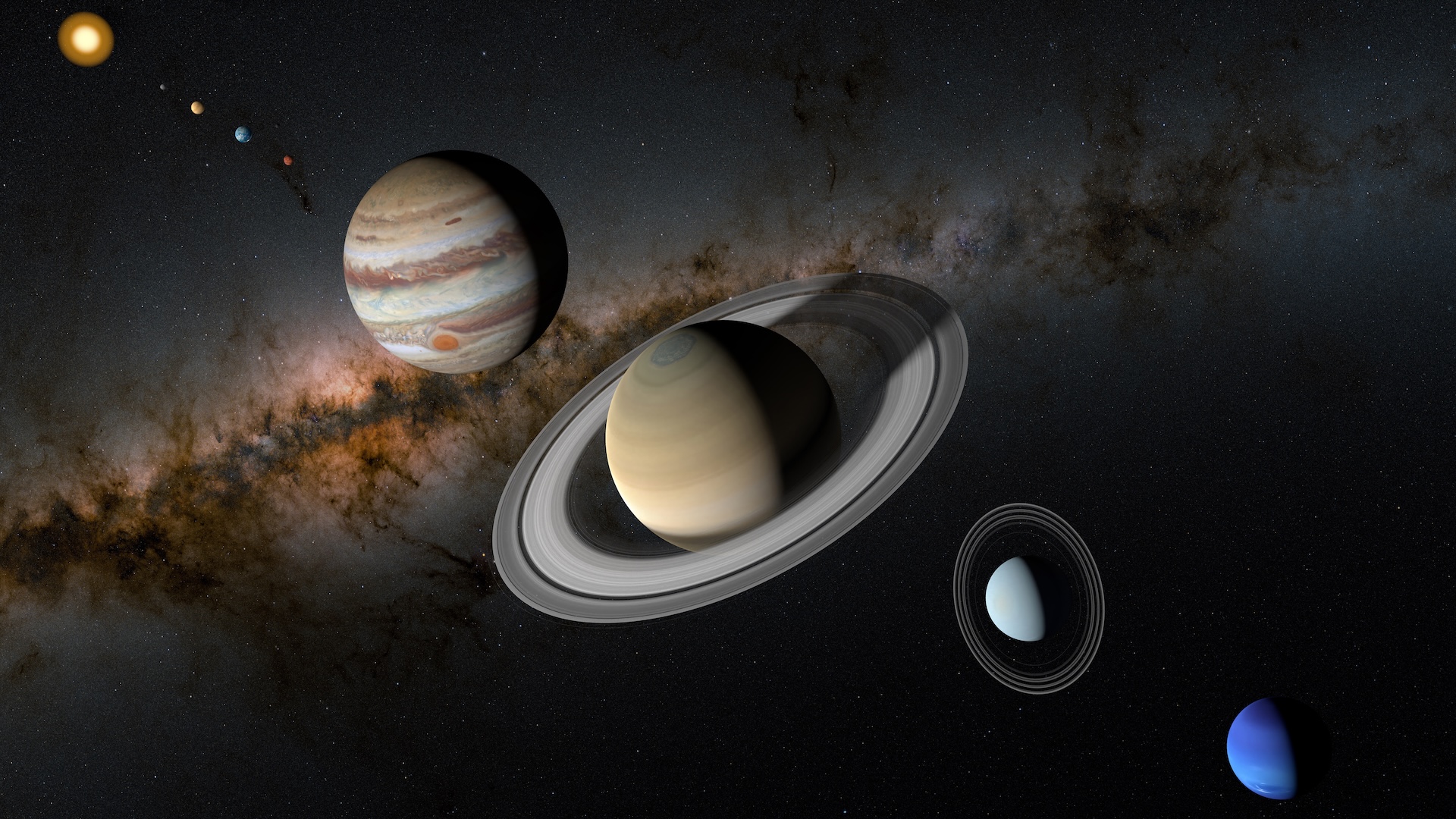
Where could alien life exist in our solar system?
By Damien Pine Published
-
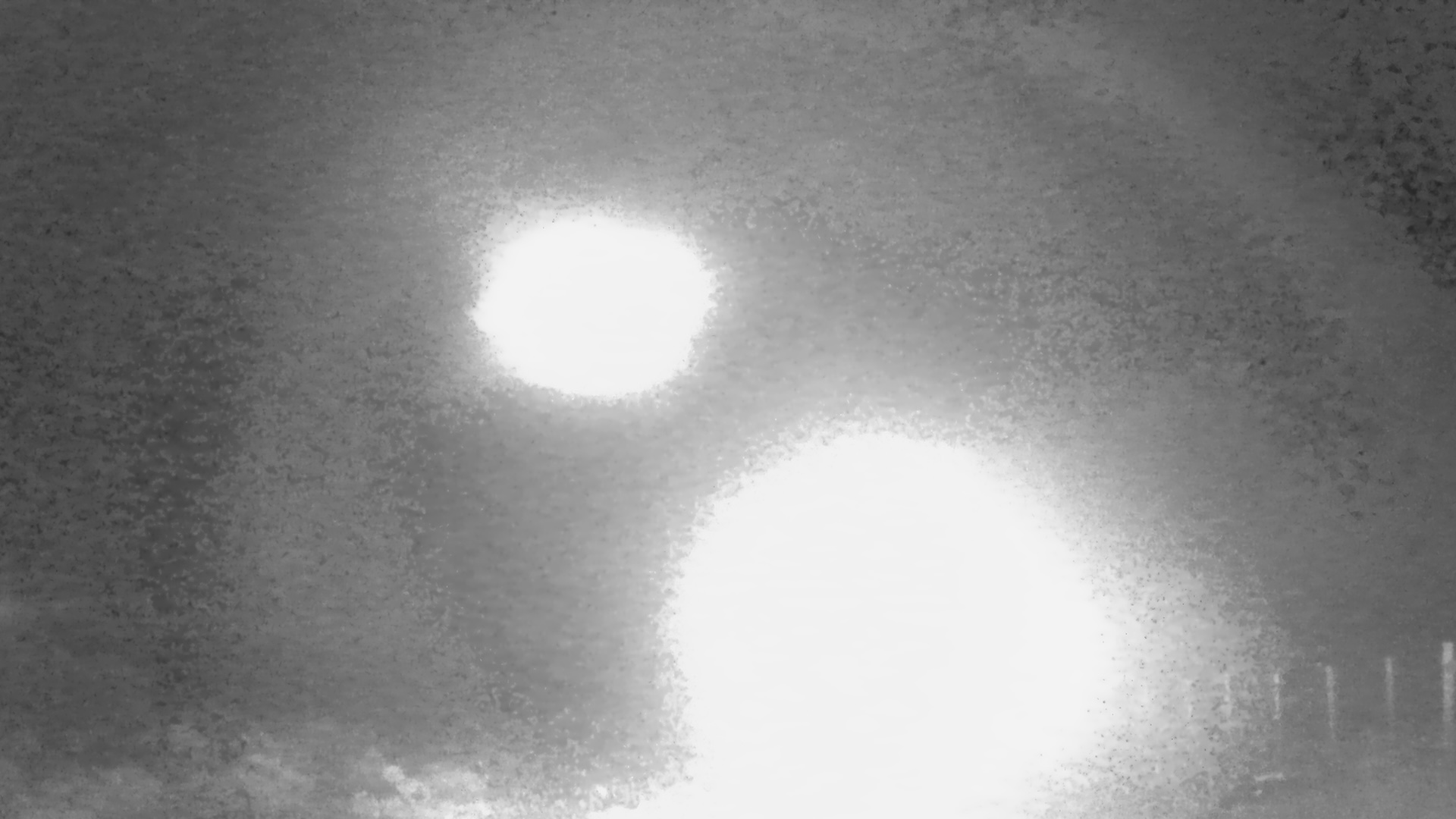
Camera trap in Chile detects strange lights blazing through the wilderness. Researchers are scrambling to explain them.
By María de los Ángeles Orfila Published
-
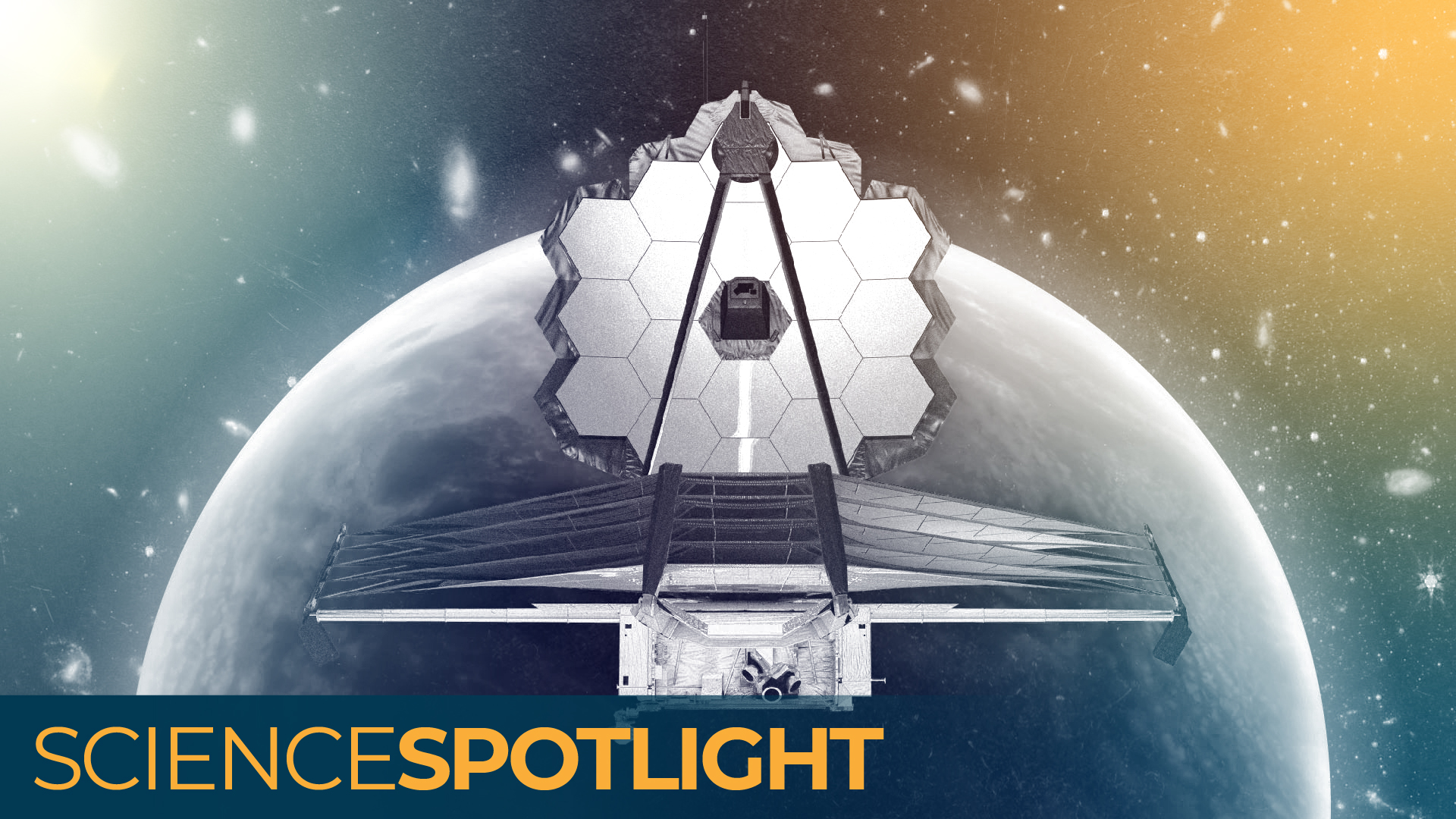
Will the James Webb telescope finally lead us to alien life?
By Brandon Specktor Published
-
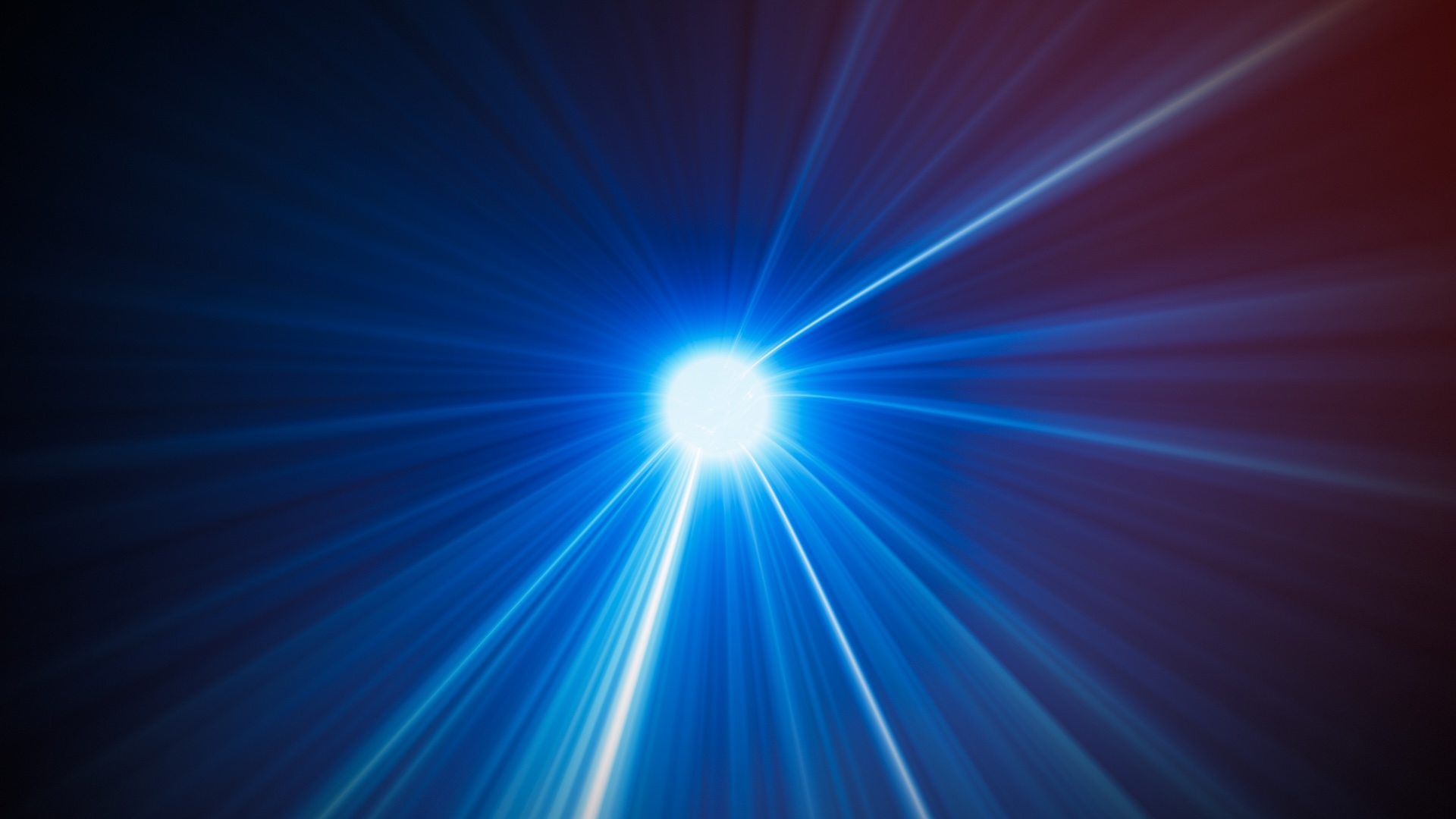
Cosmic rays could help support alien life on worlds outside the 'Goldilocks zone'
By Joanna Thompson Published
-
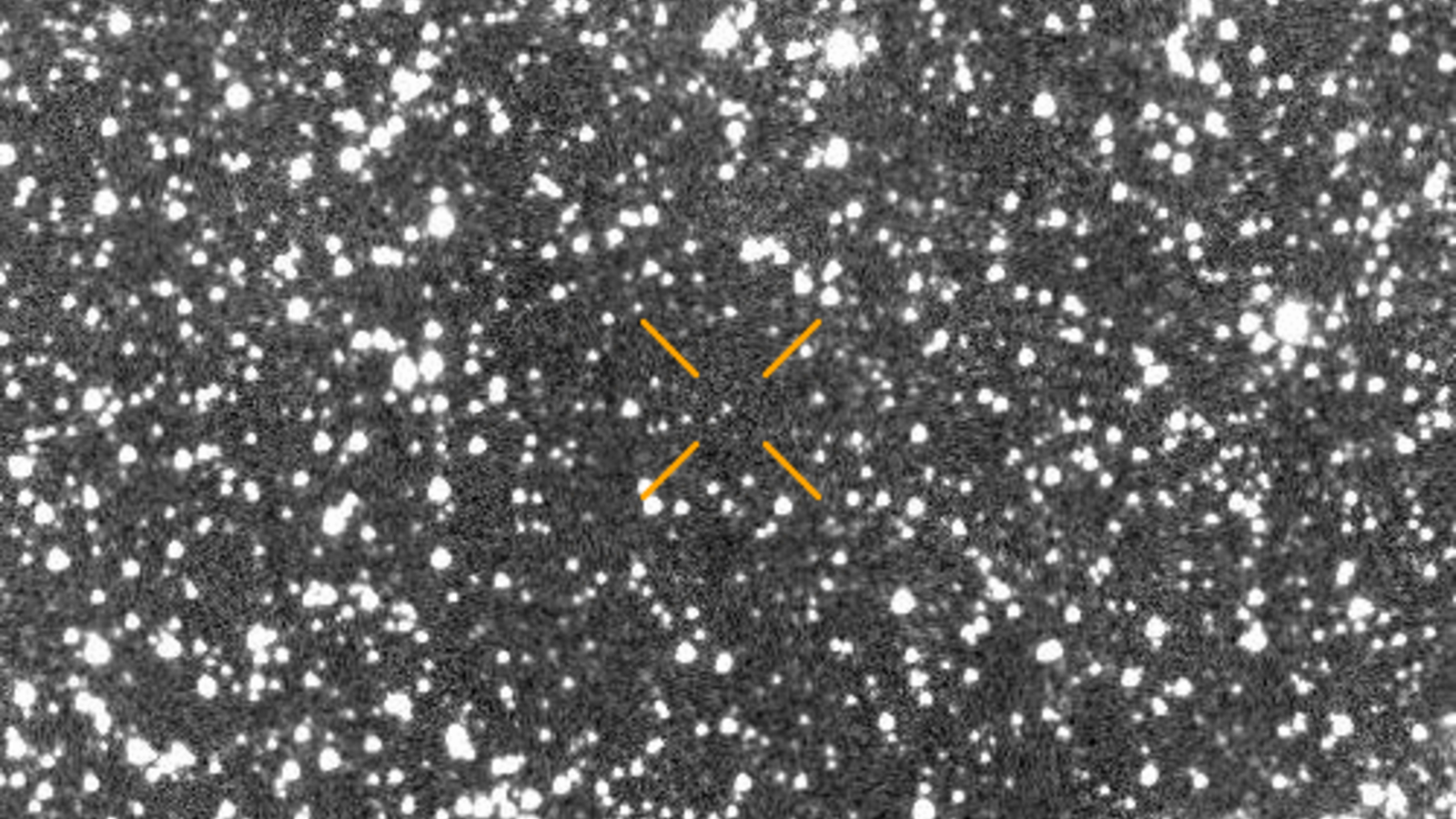
Controversial paper questions whether interstellar visitor 3I/ATLAS is 'possibly hostile' alien tech in disguise
By Harry Baker Published
-
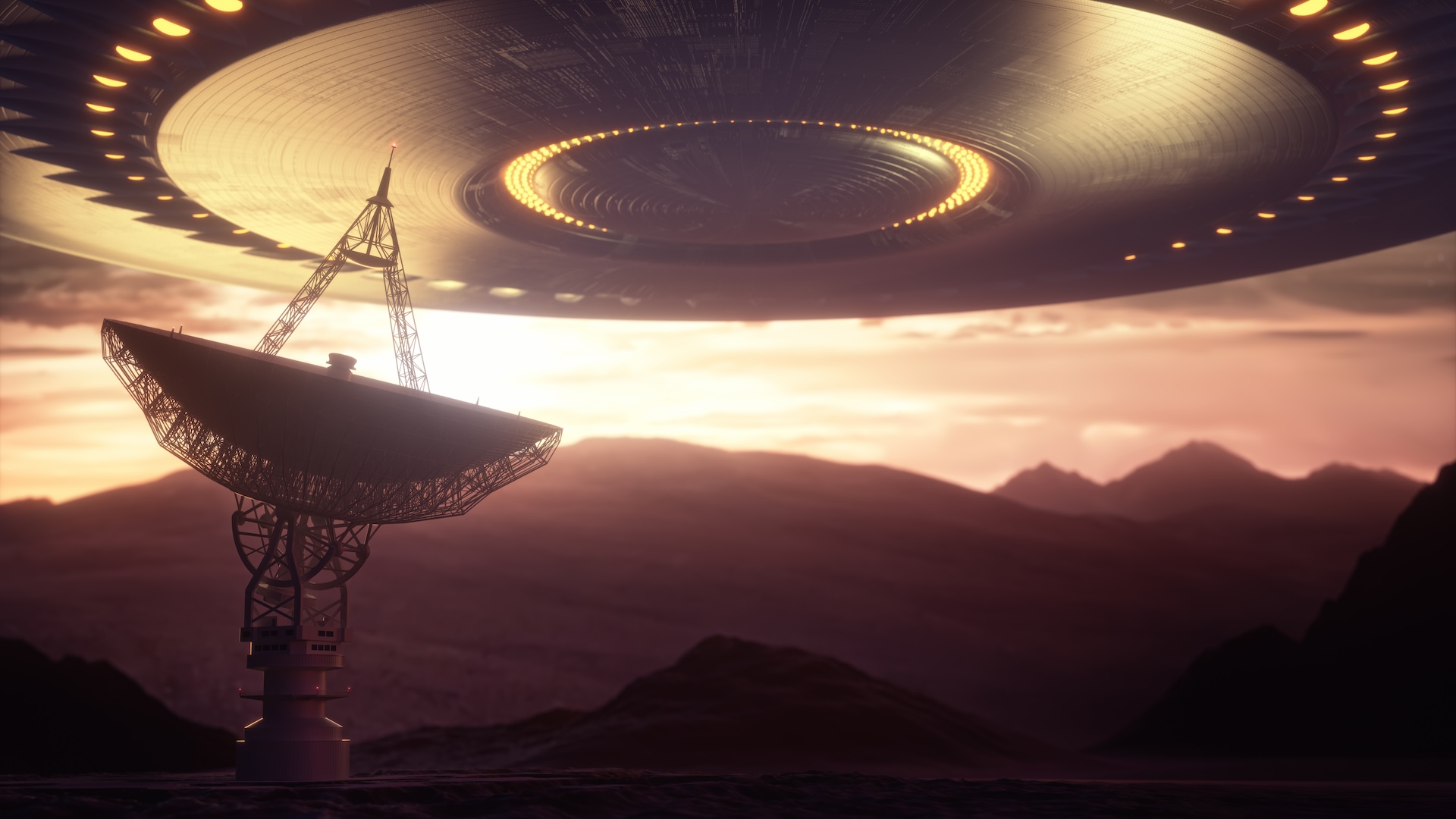
Aliens: Facts about extraterrestrial life and how scientists are looking for it
By Stephanie Pappas Published
-
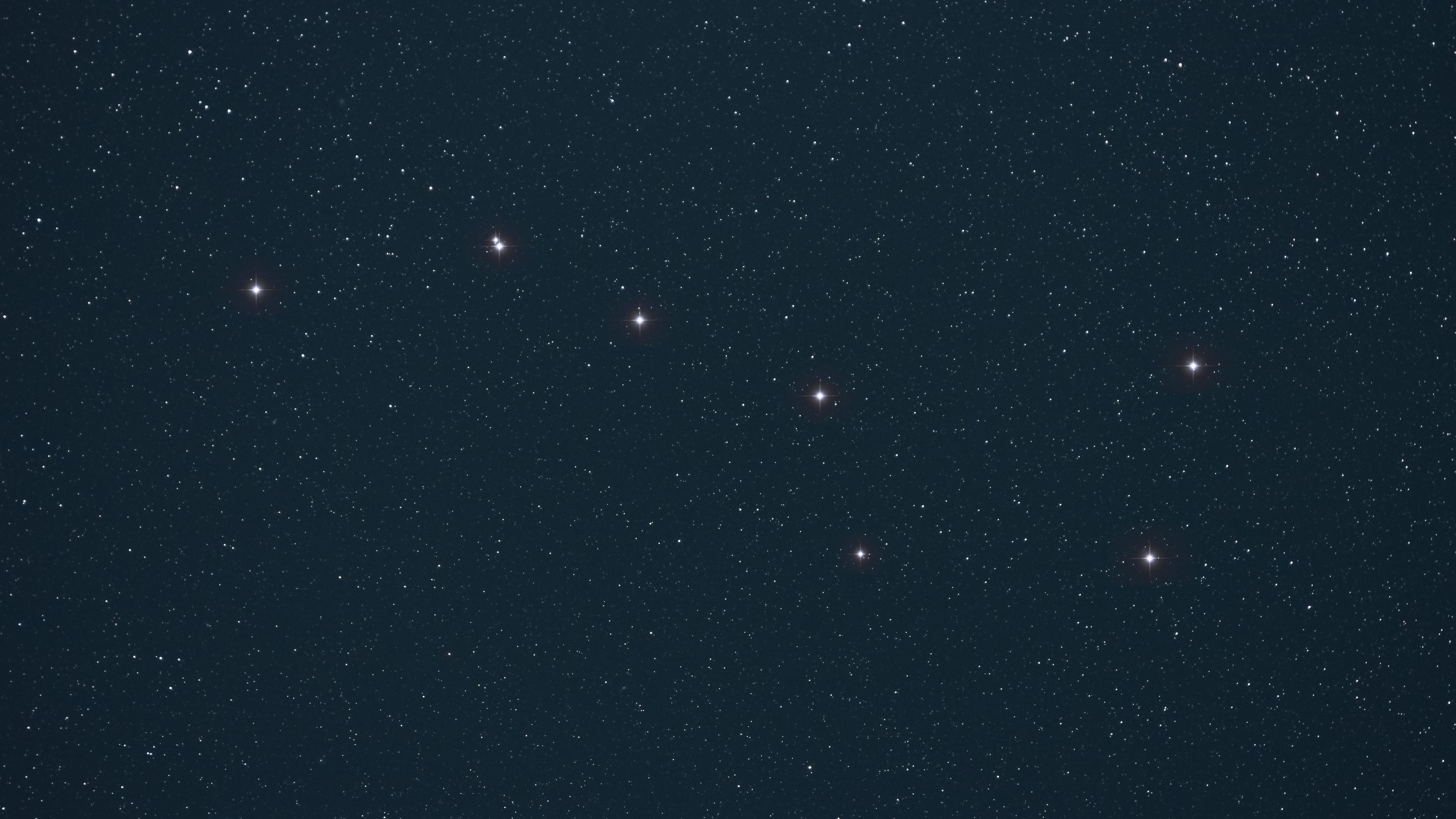
'Strange' star pulses detected in search for extraterrestrial intelligence
By Patrick Pester Published
-
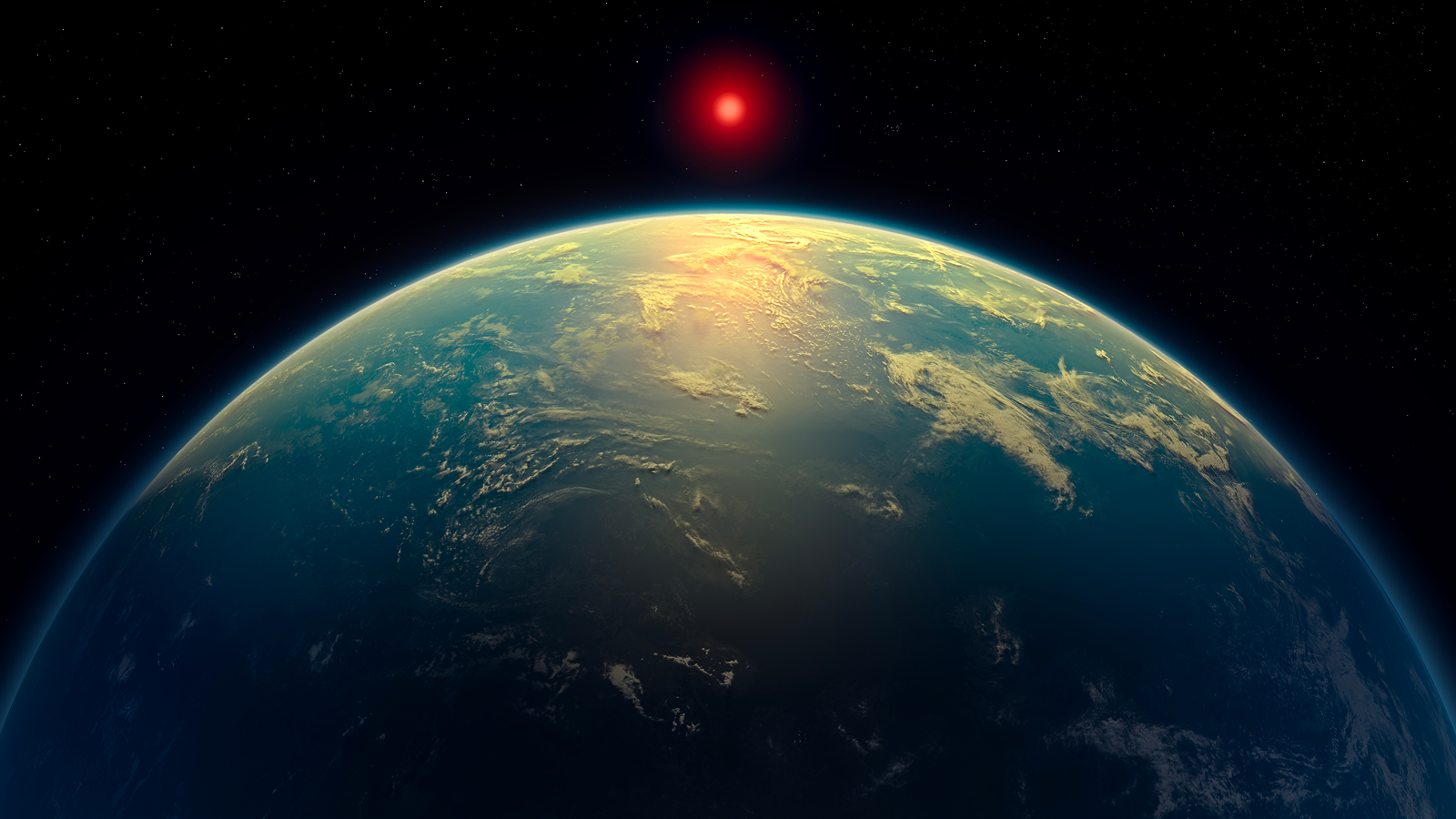
Did the James Webb telescope really discover aliens? The truth about K2-18b.
By Brandon Specktor Published
-
Space Exploration
-
-

$20 million NASA mission to visit 'God of Chaos' asteroid saved from budget cuts in last-minute decision
By Elizabeth Howell Published
-

New report warns that China could overtake the US as top nation in space — and it could happen 'in 5-10 years,' expert claims
By Harry Baker Published
-
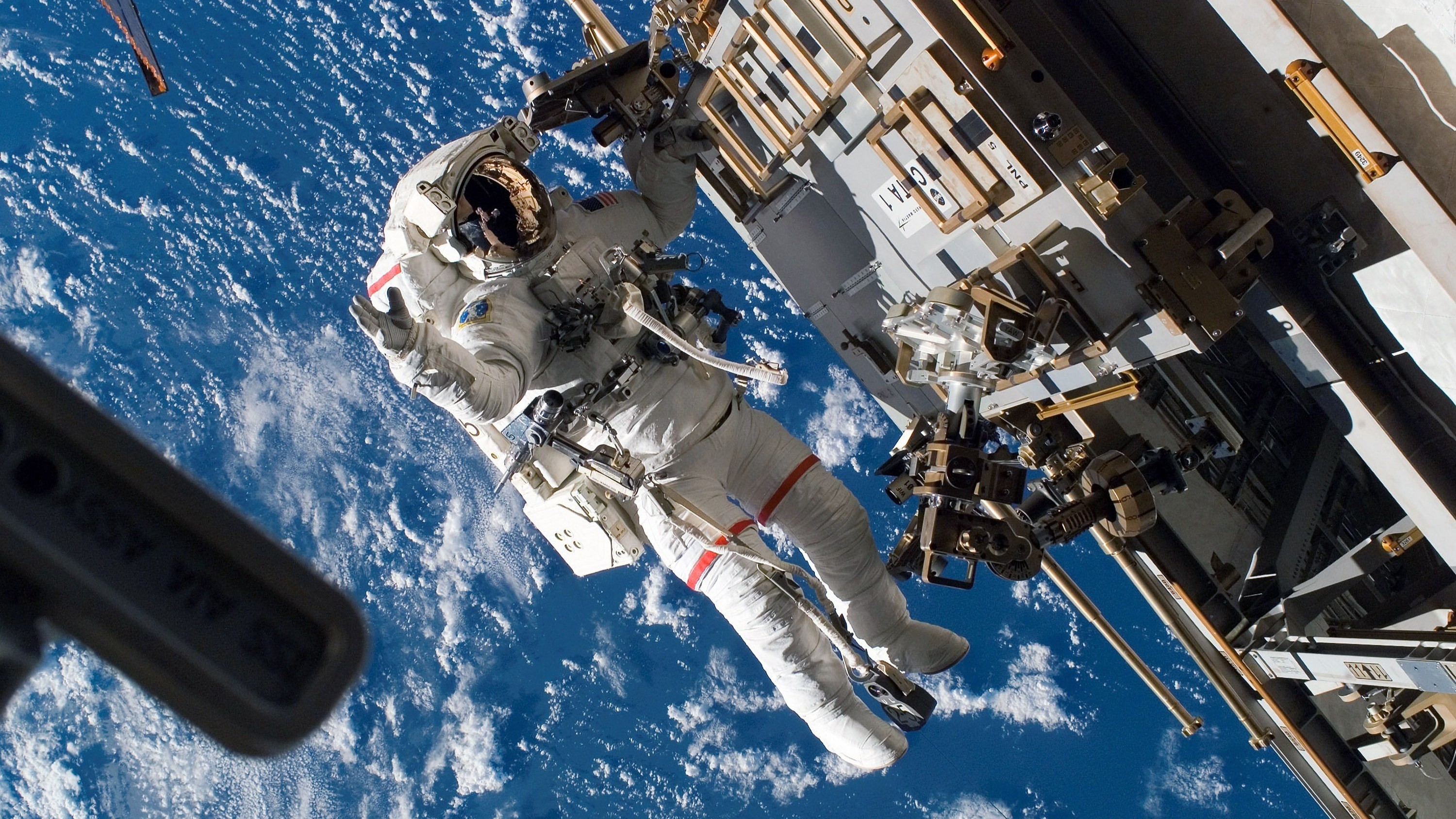
Human stem cells become more active in space — and that's not a good thing
By Patrick Pester Published
-
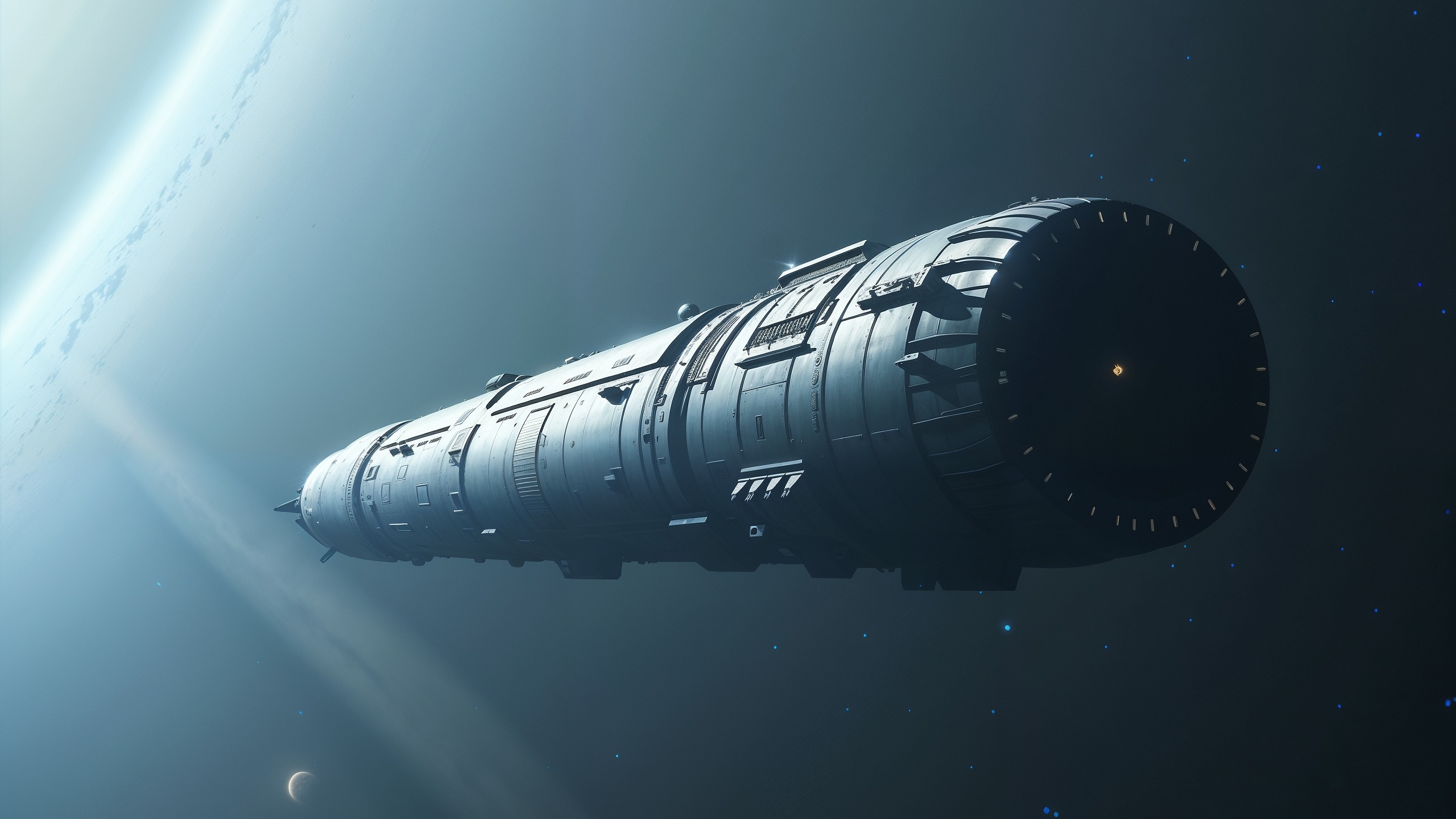
'Why would you even want to go?': Readers react to the hypothetical 400-year voyage to Alpha Centauri
By Elise Poore Published
-
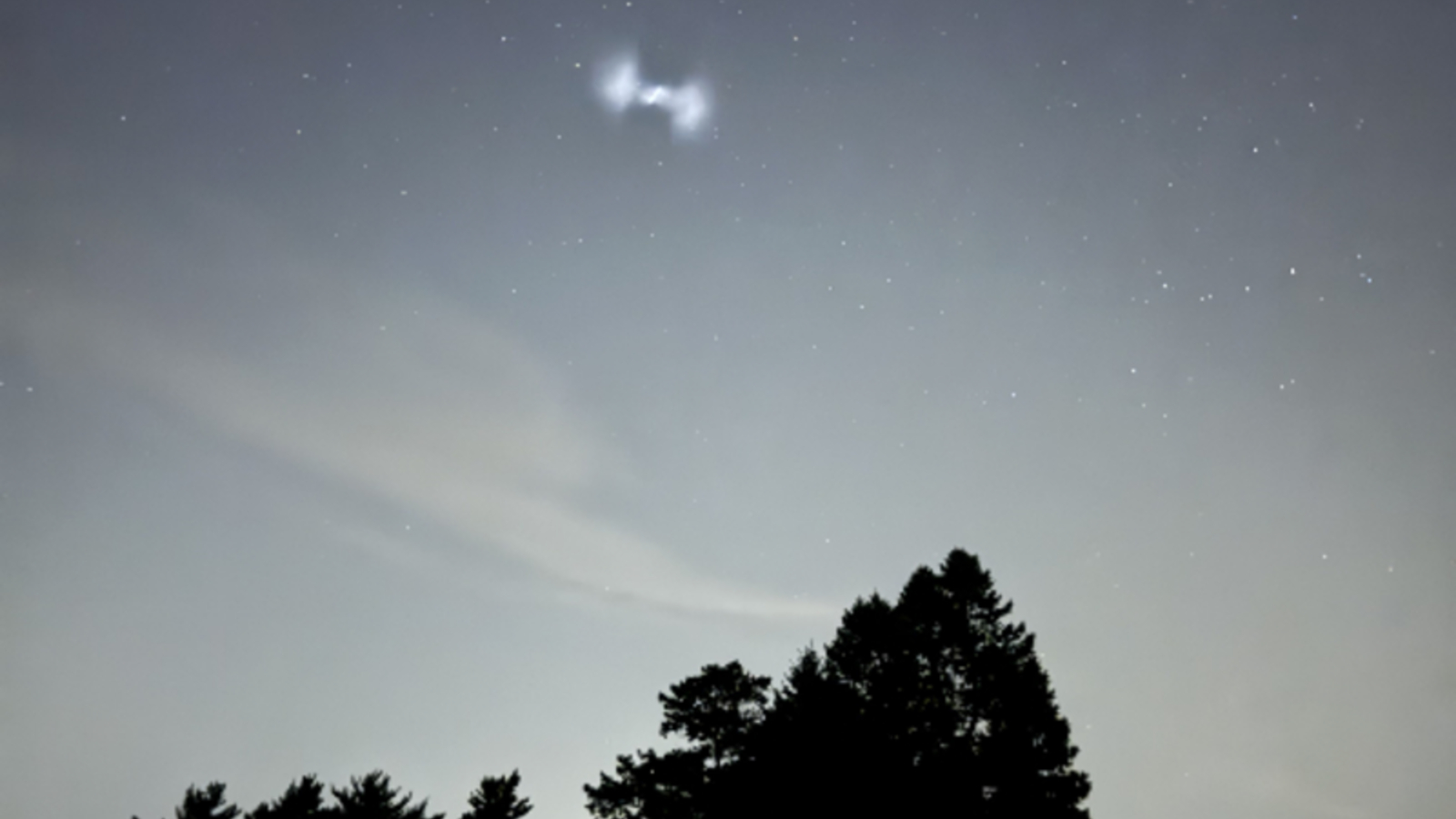
Ghostly 'spiral' photobombs Perseid meteors over several US states — and experts are unsure what caused it
By Harry Baker Published
-
 Poll
PollWould you board a spacecraft that takes 400 years to reach Alpha Centauri?
By Elise Poore Published
-

Jim Lovell, commander of NASA's Apollo 13 moon mission, dies at 97
By Mike Wall Published
-

Proposed spacecraft could carry up to 2,400 people on a one-way trip to the nearest star system, Alpha Centauri
By Perri Thaler Published
-
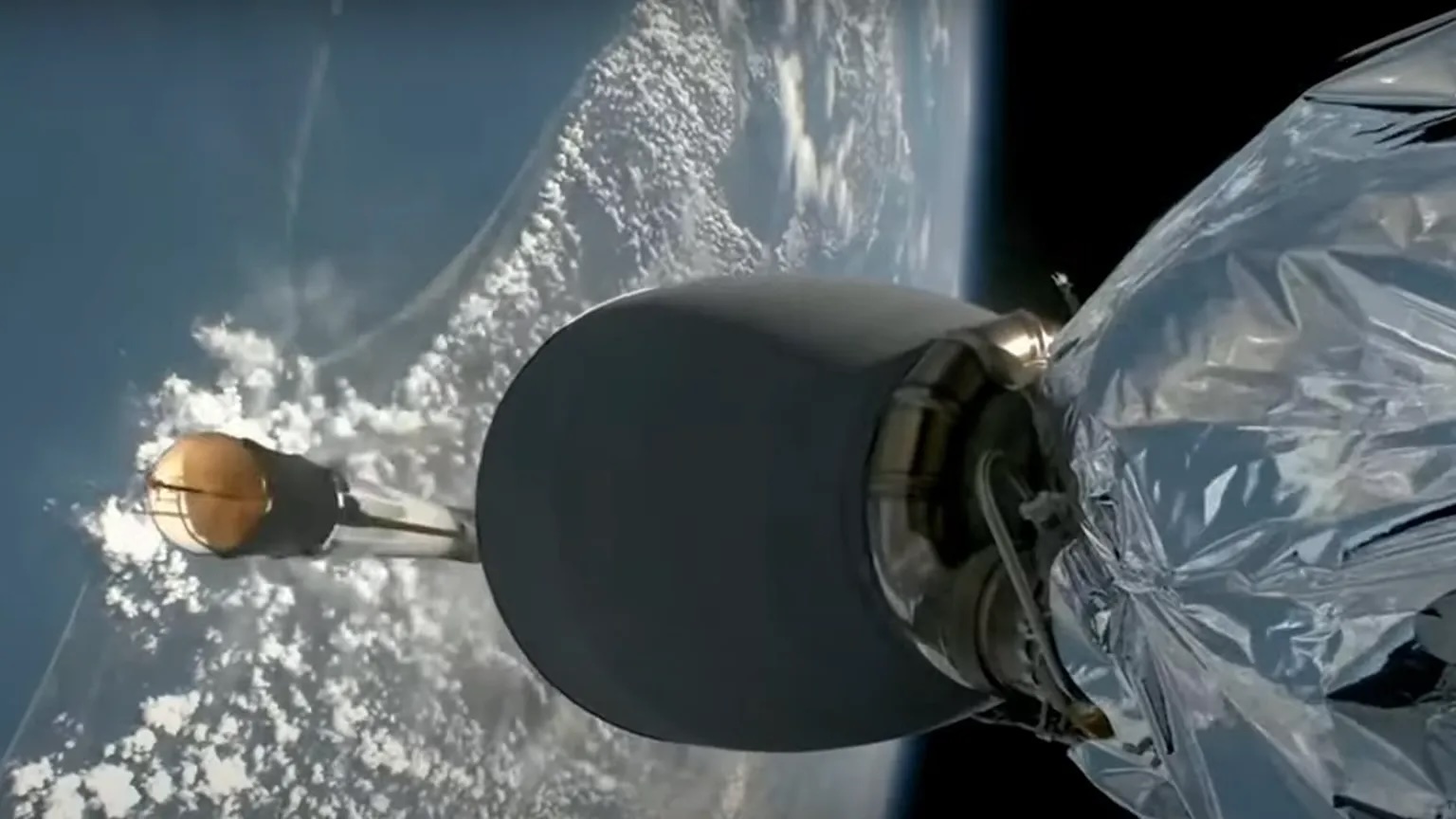
SpaceX just launched disease-causing bacteria to the International Space Station
By Jessica Rendall Published
-
More about Space
-
-

Astronomers close in on signal from Epoch of Reionization
By Sharmila Kuthunur Published
-

Record-breaking 'dark object' found hiding within a warped 'Einstein ring' 10 billion light-years away
By Harry Baker Published
-

'Most pristine' star ever seen discovered at the Milky Way's edge — and could be a direct descendant of the universe's first stars
By Harry Baker Published
-
